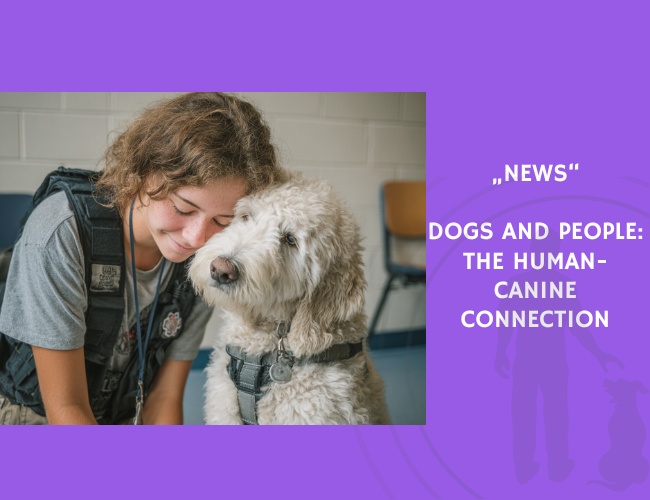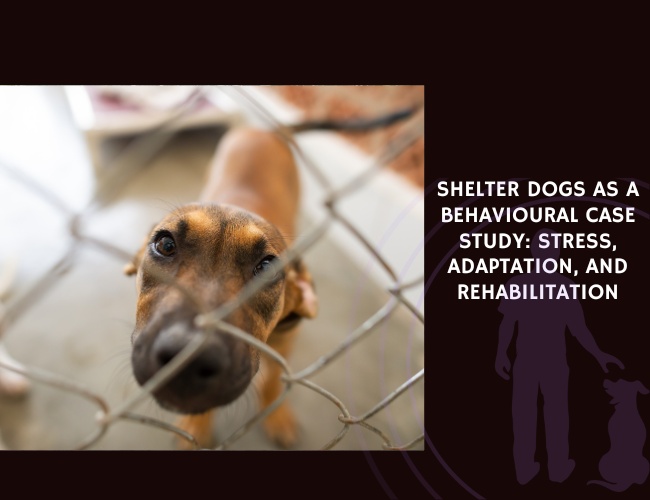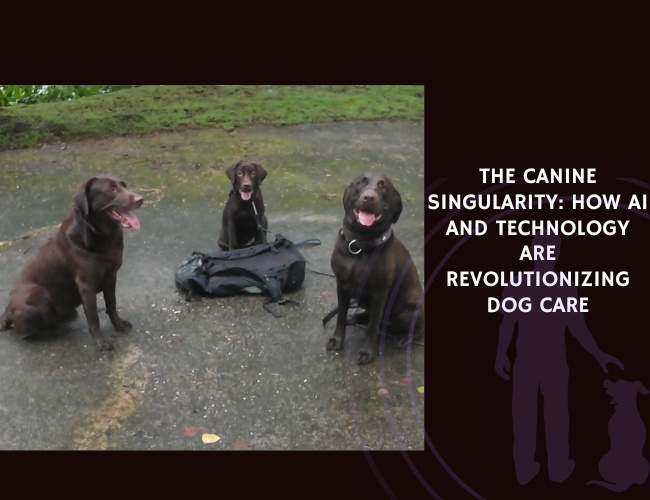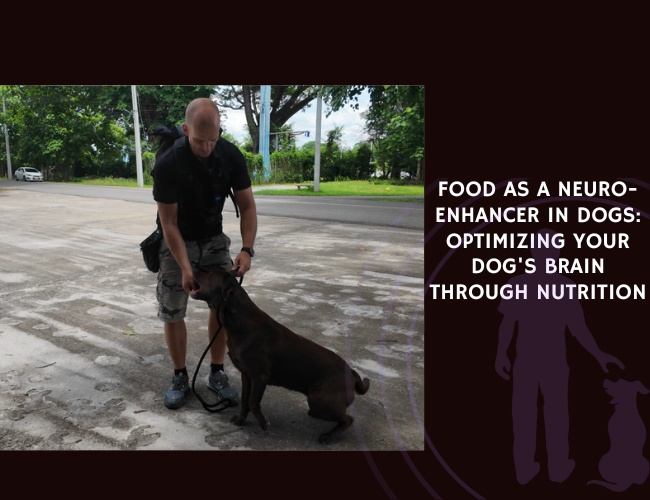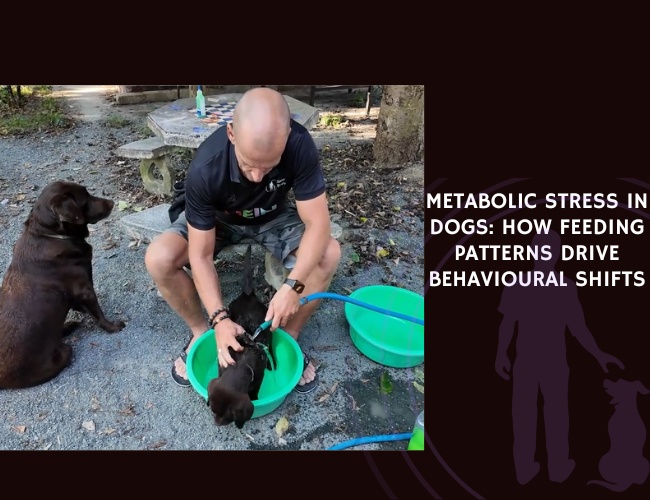A 2020 study by Petra Cunningham-Smith and K. Emery, published in the Journal of Ethnobiology, examined the dynamic and historical relationship between dogs and humans. The study highlights how selective breeding over centuries shaped dogs’ morphology, size, and behavior, producing hundreds of breeds with thousands of physical traits.
Examples of variability include coat type, color, and texture, demonstrating how even a single trait can yield multiple outcomes depending on human selection. Ancient civilizations bred dogs for hunting, herding, guarding, and companionship, resulting in a wide range of specialized roles and appearances.
Yet, the study underscores that dogs have not been passive products of human design. Instead, they are non-human social actors with individual personalities and complex behaviors. This perspective shifts the narrative from viewing dogs solely as shaped by humans to recognizing them as active participants in the human-canine bond.
By framing dogs as co-creators of their shared history with humans, the research adds depth to our understanding of how both species influenced one another, not only biologically but socially and culturally as well.
Source: Cunningham-Smith, P., & Emery, K. (2020). Dogs and People: Exploring the Human-Dog Connection. Journal of Ethnobiology, 40, 409–413.

